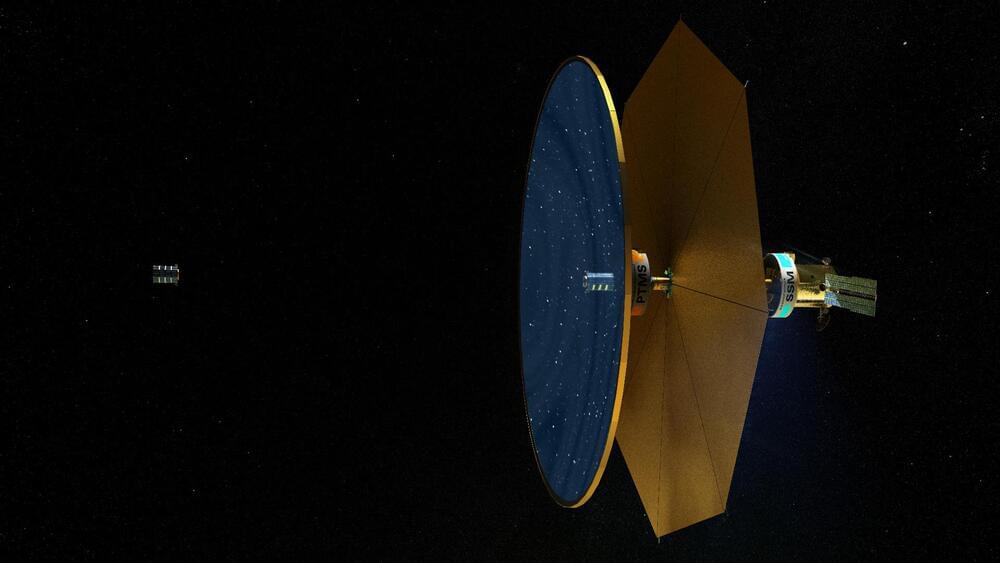The Fluidic Telescope (FLUTE) project team, jointly led by NASA and Technion–Israel Institute of Technology, envisions a way to make huge circular self-healing mirrors in-orbit to further the field of astronomy. Larger telescopes collect more light, and they allow astronomers to peer farther into space and see distant objects in greater detail.
These next-generation large space observatories would study the highest priority astrophysics targets, including first generation stars—the first to shine and flame out after the Big Bang—early galaxies, and Earth-like exoplanets. These observatories could help address one of humanity’s most important science questions: “Are we alone in the universe?”
Like a carry-on suitcase, payloads launching to space need to stay within allowable size and weight limits to fly. Already pushing size limits, the state-of-the-art 21 foot (6.5 meter) aperture James Webb Space Telescope needed to be folded up origami-style—including the mirror itself—to fit inside the rocket for its ride to space. The aperture of an optical space observatory refers to the size of the telescope’s primary mirror, the surface that collects and focuses incoming light.
